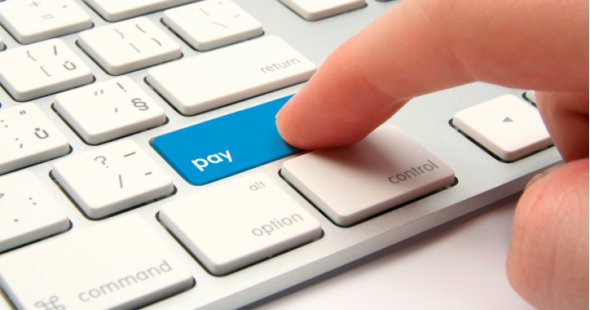Accounting
Are You Ready for Same Day ACH Electronic Payments?
The move to same-day ACH is game-changing. The rule would enable the option for same-day ACH payments through new ACH Network functionality.
Aug. 07, 2015

The Electronic Payments Association (NACHA, previously the National Automated Clearing House Association) has adopted a rule to move payments faster by enabling same-day processing for ACH payments.
Currently, NACHA moves money between financial institutions with a guarantee of 48-hour transactions. Many settle in just 24 hours. Today, in order to move money faster, an expensive wire transfer is required.
The move to same-day ACH is game-changing. The rule would enable the option for same-day ACH payments through new ACH Network functionality.
Same Day ACH payments would go through two new windows: a morning submission deadline at 10:30 a.m. ET with settlement occurring at 1:00 p.m. ET, and an afternoon submission deadline at 3:00 p.m. ET with settlement occurring at 5:00 p.m. local time. Ultimately the receiver (the employee, in the case of a payroll provider) would receive access to the funds by the end of the bank’s business day (if not sooner). Note, these are the Federal Reserve deadlines, so timing will deviate with your bank or ACH partner.
Virtually all types of ACH payments, including both credits and debits, would be eligible for same-day processing. International transactions and transactions above a threshold of $25,000 would not be eligible.
Generally all financial institutions would be required to participate. If the sender participates, the receiving bank must participate. Specifically, payroll transactions (direct deposits) would be available to depositors by 5:00 p.m. local time.
The implementation of these rule changes becomes effective in three phases over a three-year period starting September 2016. The price of these transactions between banks is estimated at 5.2 cents. The price incurred by the customer (i.e. the payroll service bureau) will vary by financial institution – suffice it to say that the cost will be a fraction of the charge of a wire and no charge to the receiver.
The rule would become effective in three phases:
- Phase 1, effective September 23, 2016: ACH credit transactions will be eligible for same-day processing through the Federal Reserve at 10:30 a.m. ET and 3:00 p.m. ET-supporting use cases such as hourly payroll, person-to-person payments and same-day bill pay.
- Phase 2, effective September 15, 2017: Same Day ACH debits will be added, allowing for a wide variety of consumer bill payment use cases like utility, mortgage, loan and credit card payments.
- Phase 3, effective March 16, 2018: Funds from Same Day ACH credit transactions will be available to customers by 5:00 p.m. RDFI local time.
The effective dates of the three implementation phases are contingent on receiving written confirmation from the Federal Reserve to support the rule, which is necessary to ensure that Same Day ACH is ubiquitous across all 12,000 financial institutions in the U.S.
A common question is whether there will be a separate indicator for same-day transactions. The answer is no – it will simply be the effective date. If the effective date is the same as the transmission date, then it will be considered same-day. The sender may need to watch their transmission information to make sure the effective date is the date they intend to use.
People have been questioning if prenotes will be same-day. The answer is no. However, prenotes will be accelerated by a day if sent as same-day transactions-but there is a fee for that, so ideally you would not want to send same-day prenotes.
While Same Day ACH is not here yet, this is a major effort to move to same-day transactions. Stay on the lookout for further information and clarifications as this rule change moves forward-these rules are still being developed, and changes may occur between now and the effective date of September 23, 2016.
——————
James Paille CPP is the Director of Operations for Thomson Reuters myPay Solutions. He has been an executive manager in the payroll service industry for more than 30 years, specializing in managing multi-location offices. Jim is President-Elect of the American Payroll Association as well as a member of the National Speakers Bureau and chair of the CPP Certification Review Panel. He holds a Bachelor of Science in Accounting from St. John Fisher College in Rochester, NY.
